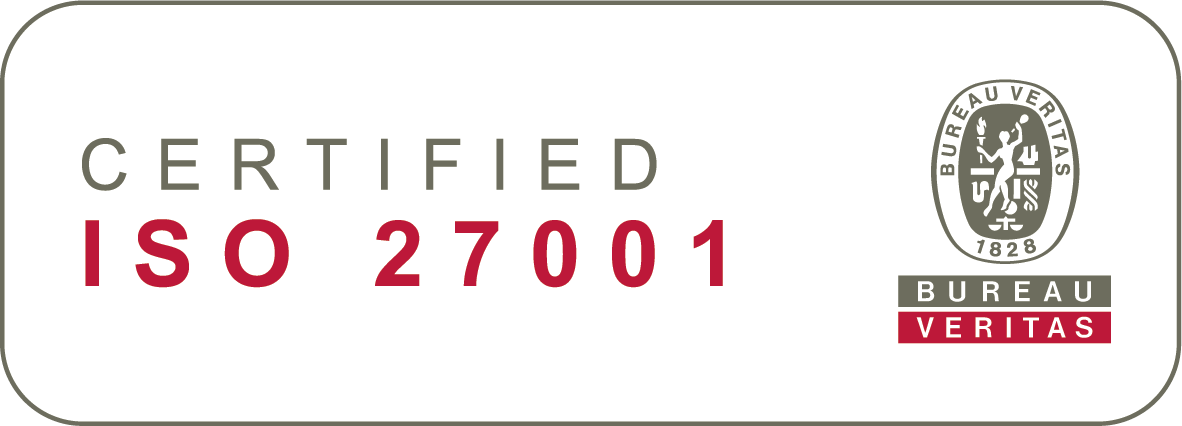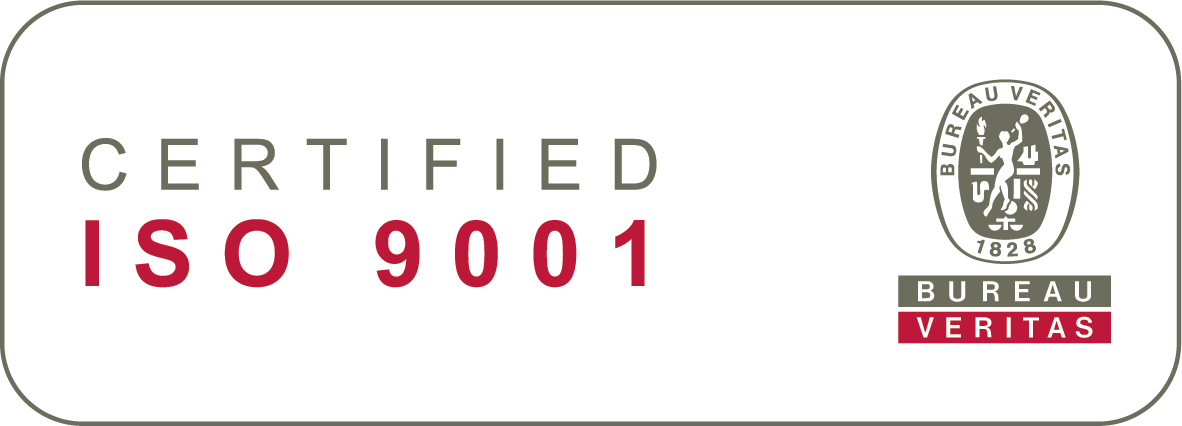Simon Sinek said, “Customers will never love a company until its employees love it first.” If you want your employees to love your company, they’ve got to enjoy the work they do. The way they work with others. Their list of priorities. Their opportunities to grow. In short, culture.
Culture dictates how all people act at all levels of the business, from daily conversations to times of crisis. It has the potential to help a company thrive or cause it to suffer. Work life will never be perfect, but a workplace’s culture can make a huge positive or negative difference to the success of an organisation.
This is why, from onboarding to exit discussion, a focus on building positive workplace experiences and strengthening the wellbeing of your colleagues really pays off. Let’s dig into 3 ways you can do that in your organisation.
1. It builds a nurturing workplace
Broadly speaking, employee wellbeing relates to your employees' physical, mental, emotional, and economic health. And, according to Fons Trompenaars, acclaimed organisational theorist and Sympa TALK keynote speaker, people require three things to feel happy in their lives: autonomy (freedom,) competence (mastery,) and purpose (meaning.)
Here’s 3 ways to support the physical, mental, emotional, and economic wellbeing through workplace autonomy, mastery, and purpose:
- For autonomy, Hybrid work: provide employees with the tools, support, and freedom they need so they can choose when, where, and how they work with no drop in productivity and satisfaction.
- For mastery, HR processes: Build clear onboarding processes that clarify the role descriptions and scope of an employee’s work. Use task-focused leadership training to give ownership of projects and streams to the individuals working on them.
- For purpose, setting personal goals against company mission: Set and align personal employee goals that work in harmony with the overall company mission. This will help people see how their work fits into the big picture.
2. It strengthens key employee lifecycle touchpoints
First impressions last, parting words can either build bridges or burn them, and moments of connection last long in the mind. This is why you should do all you can to maximise the positives that you can create during onboarding, feedback sessions, and exit discussions.
- Onboarding: this is your first and best chance to make a positive, lasting impression. Focus on immersing new recruits in the company culture from the get-go, teach them the ways of working and processes, and share advice for building a successful career at the company. Research shows that new hires that benefited from a structured onboarding program are 58% more likely to stay in their organisation for more than three years.
- Feedback: this is essential if you want to understand the culture and values that actually work for your employees instead of guessing. High-performing teams are more open and honest with each other, as concerns don’t build up and get addressed quickly. On the flipside, positive feedback can also be more trusted when constructive feedback is a part of your culture, as there is no pressure to put a positive spin on things to not upset people.
- Exit discussions: While bittersweet, exit discussions are an important way to learn what went wrong so you can improve in future. Exit discussions can help you spot worrying trends and identify areas in which you can strengthen your retention strategy.
3. It delivers a more resilient, capable workforce
Did you know that roughly 9 in 10 employees value training? Or that 3 in 4 employees would even learn outside of work hours to improve their performance? Your people want to learn new skills. And, if you give them the chance to acquire these skills, your organisation will also benefit, because:
- A more qualified workforce can handle more demanding challenges
- Learning provides new perspectives and boosts morale and motivation
- Need new skills and functions help you adapt to market changes
- Employees on individual learning paths feel supported and secure
- You can build a complete Talent Management strategy and long-term hiring roadmap
A structured approach to developing employee skills is even more important in a remote setting – but at the same time, your people are more used to working with the very devices through which they can level up their skills. Keep an eye on tech trends and new learning methods so you can scale the impact of your e-learning program.
Finally…
As your company grows and evolves, your company culture will likely change with it – but good company culture doesn’t happen by itself. Employee experience is one way to build the culture you want, but there are more pieces to the puzzle. If you’re looking for ways to recognise if your culture is in chaos, measure the motivation of your employees, or concrete steps that can be taken to strengthen your cultural blueprint, we got you covered.

Company culture cheat sheet
A strong company culture has the potential to help companies thrive. Find out what you can do to create and maintain a culture that benefits everybody.


